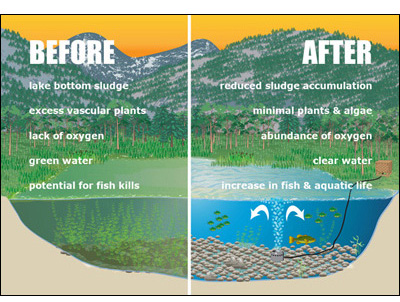Lake Restoration Grants Funds
Two types of lakes exist: lakes with abundant plankton or lakes with fewer large herbivorous and zooplankton. These lakes are also known for their dense algal blooms. Anoxia and algal blooms can impact the ecosystem of a lake in such a way. Both toxins can cause further lake degradation by interfering with ecosystem function. A lake that has few game fish will have dense algal blooms, and very few macrophytes. If people don't care about the environment, a lake restoration effort is unlikely to succeed.

